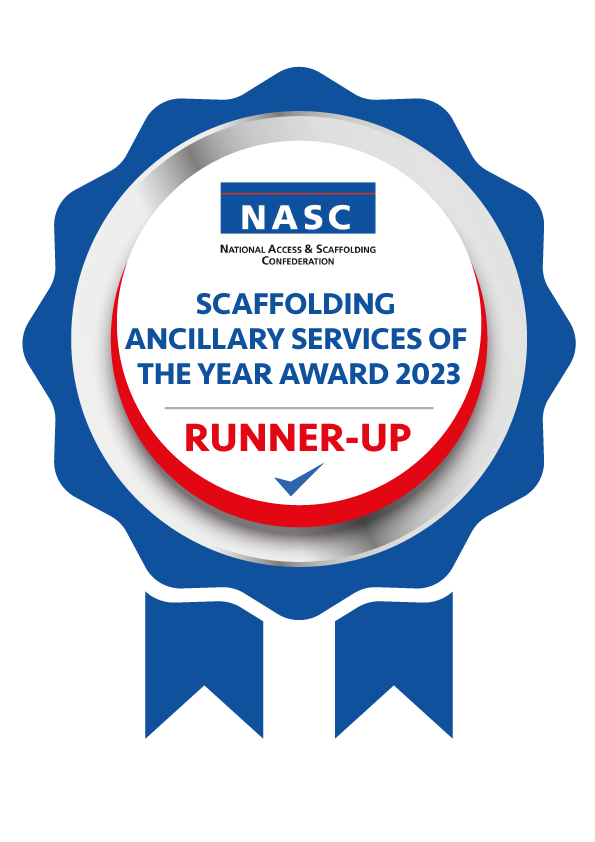Scaffold inspection requirements
The weekly scaffolding inspection
In recent years the number of fatal injuries to construction workers in the UK has thankfully remained relatively low, yet the rate of fatal injuries in construction is still 4 x higher than the average across all industries. Scaffold inspections are a vital part of keeping workers safe.
The law
Unsurprisingly there are a lot of laws and regulations that govern health and safety at work in the UK and in particular when working at height. Working platforms that are used for construction work and from which a person could fall 2 metres or more are covered by the Health and Safety Executive (HSE) Work at Height Regulations. The HSE also recognise the NASC advice: SG4:22 Preventing Falls in Scaffolding Operations.
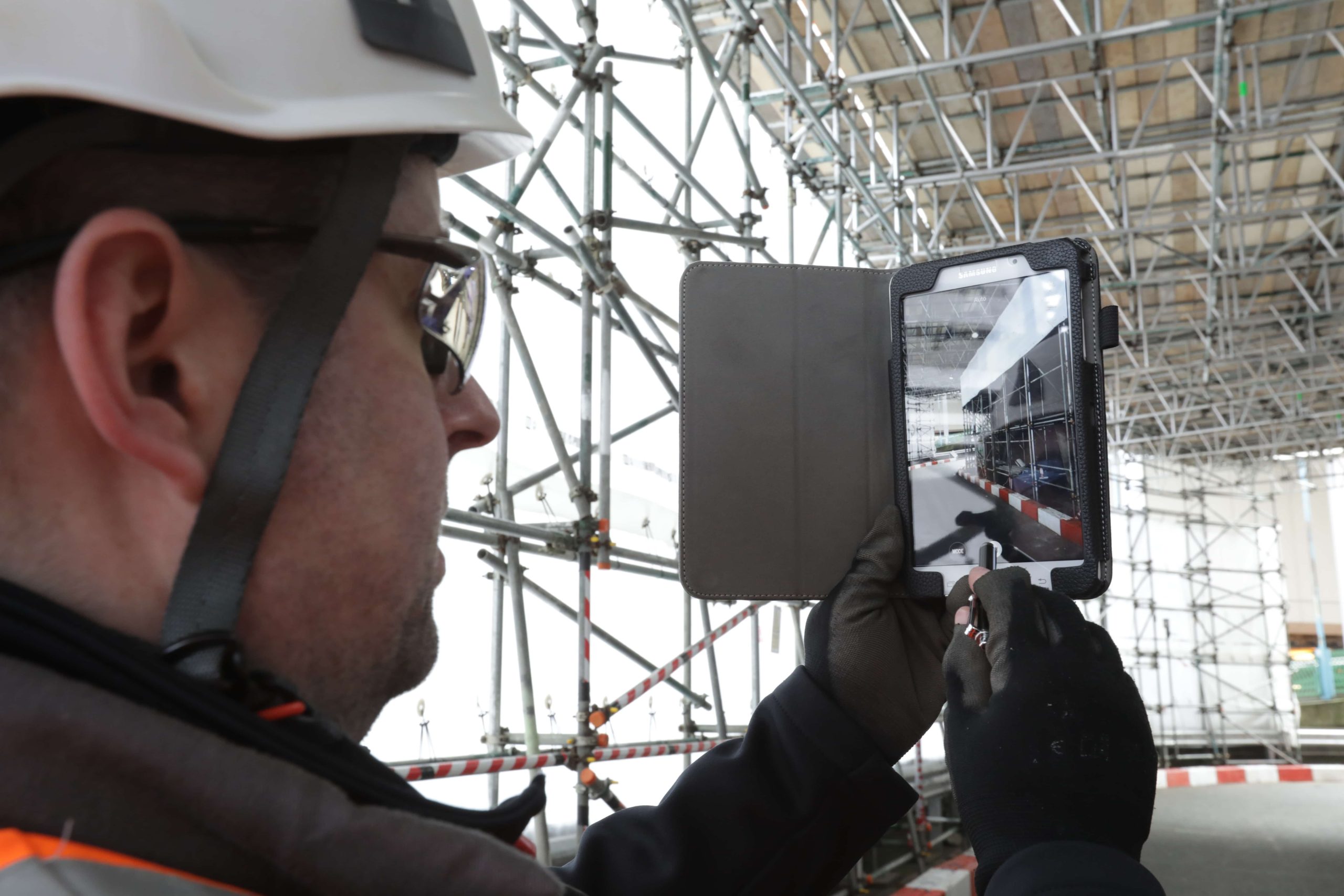
Work at Height Regulations 2005
- Scaffolds must be inspected before they are used and confirmed in the initial inspection report or in a handover certificate.
- Scaffolds must be inspected every 7 days.
- Scaffolds must be inspected following events which could affect the safety of the structure, e.g. alterations, adverse weather or an earthquake.
- Inspection reports must be kept in a format which can be reproduced in a printable form and is secure from loss or unauthorised interference.
- The person carrying out an inspection must prepare a report before the end of the working period within which the inspection is completed and this must be shared with the client / employer within 24 hours.
- An employer receiving a report must keep it at the site where the inspection was carried out until the construction work is completed and then at his/her office for 3 months.
- Protection may be removed but only for the time and to the extent necessary to gain access for the performance of a particular task and shall be replaced as soon as practicable. The task must not be performed unless effective compensatory safety measures are in place.
- Information to be included in an inspection report:
- The name and address of the person for whom the inspection was carried out
- The location of the inspection
- A description of the scaffold
- The date and time of the inspection
- Details of any matter identified that could give rise to a risk to the health or safety of any person
- Details of any action taken as a result of any matter identified
- Details of any further action considered necessary
- The name and position of the person making the report
Who is responsible?
The HSE guidance states that scaffolding inspections should be carried out “by a competent person whose combination of knowledge, training and experience is appropriate for the type and complexity of the scaffold”. This is usually understood to be someone holding the relevant Construction Industry Scaffolders Record Scheme (CISRS) qualification.
A CISRS scaffold inspection qualification would be sufficient to inspect a “basic” scaffold structure, whereas a more complex structure requires a CISRS Advanced Scaffold Inspection card and extensive experience. Scaffolders holding the appropriate level of CISRS qualification are also qualified to inspect scaffolding. A CISRS SITS (Scaffold Inspection Training Scheme) qualification will remain valid for a 5-year period. To inspect system scaffolds the person must have completed the basic scaffold inspection course and have experience and knowledge of the system to be inspected.
Using a mobile app has been shown to improve the quality of scaffold inspections thanks to the consistent and logical step by step process that ensures all aspects of the inspection are completed and logged.
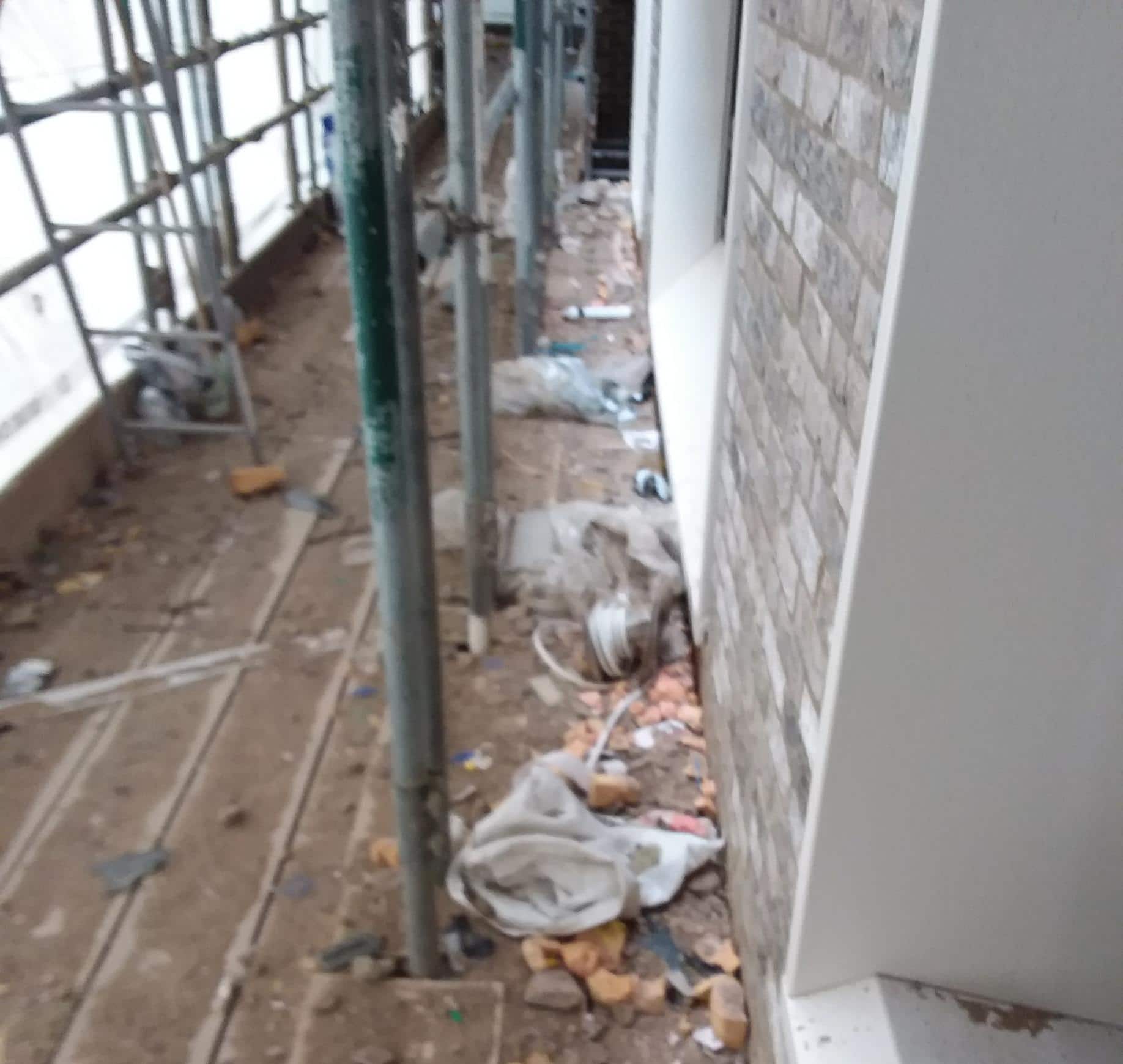
Are scaffold handover certificates a legal requirement?
Scaffolding handover certificates are not a requirement by law. However, there are significant benefits for both scaffolders and their clients. The completion of the handover certificate ensures the scaffold is fit for purpose and highlights any limits such as the maximum loading. The handover certificate can also be considered the first inspection of the scaffold. Ideally the handover inspection should be conducted by a representative of the scaffolding company with a representative from the contractor/client; after all they will be responsible for the scaffold. It is also acceptable to email the certificate to the client.
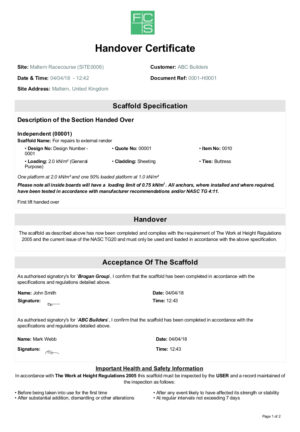
Do you have to use Scafftags?
Tagging a scaffold as safe to use is best practice although it is not a legal requirement. The opposite is not true if a scaffold is incomplete or unsafe as here you must tag the structure as unsafe in accordance with the Health and Safety Regulations 1996. As well as signage it is also necessary to physically prevent access.
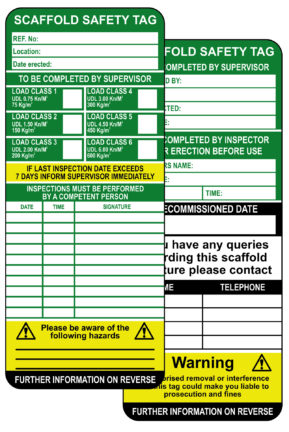
Scaffold inspection apps
There are a number of inspection apps on the market but it is very important to use an app that has been designed specifically to meet all the legislation relevant to scaffolds. The SMART Inspector mobile app improves the quality of the inspection as the step by step process ensures consistency and the photographs highlight any failures. The inspector’s signature is captured on the device and the inspection report is automatically emailed to the office and to the client. The desktop console gives rapid access to past reports providing a simple auditable trail avoiding rekeying or lost paperwork. It is also possible to highlight the most common failures on a site to indicate where trades are interfering with a scaffold or where more training is required.





